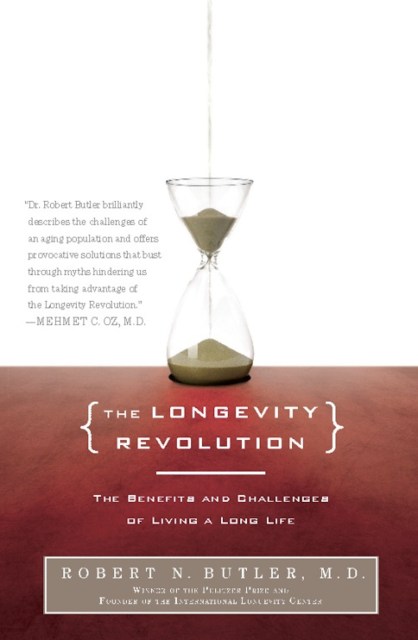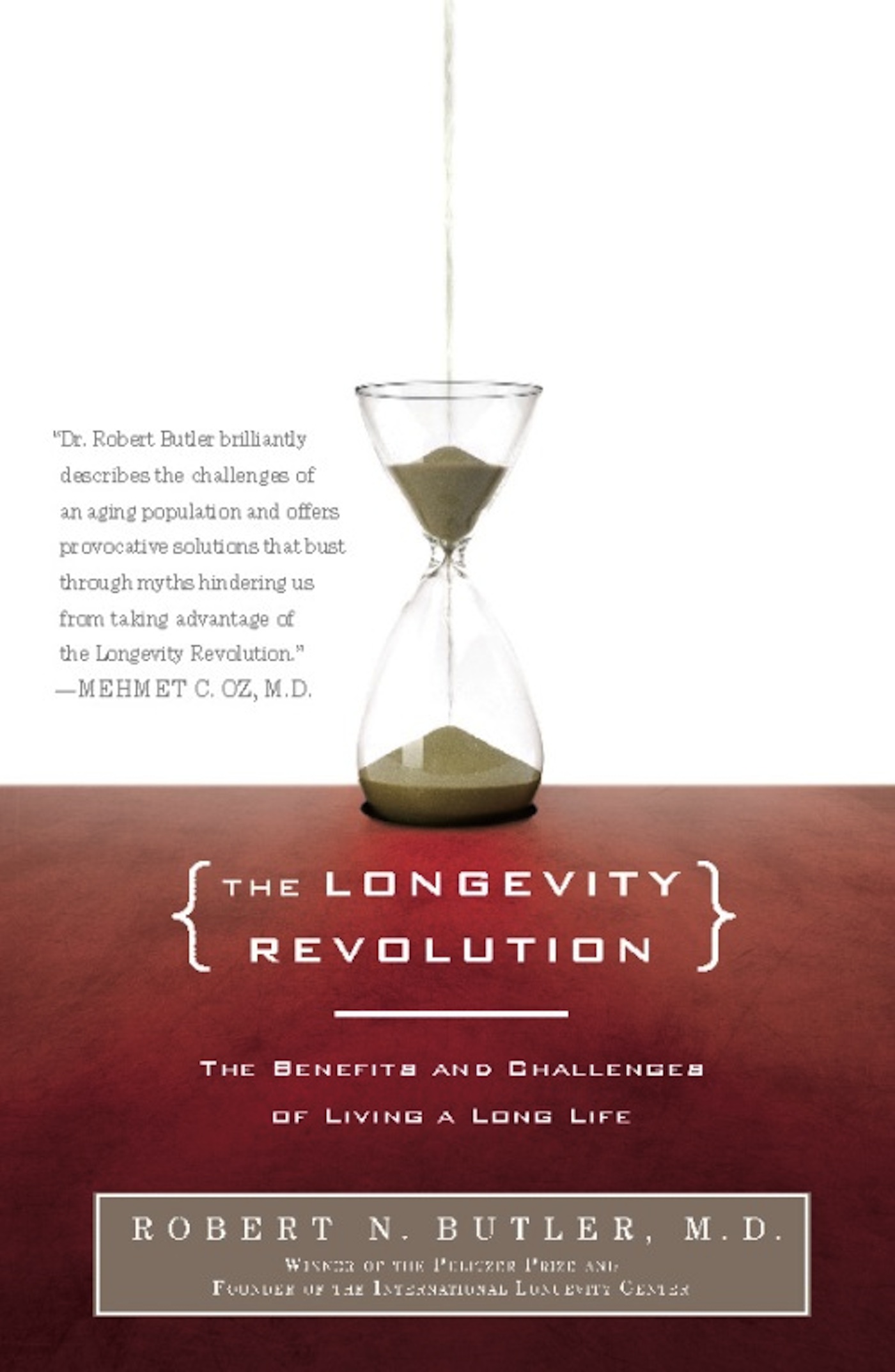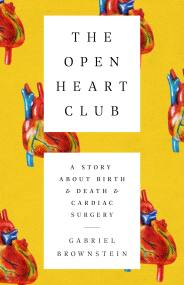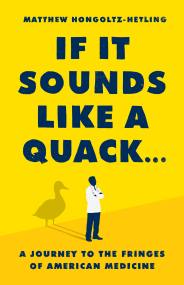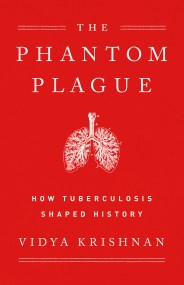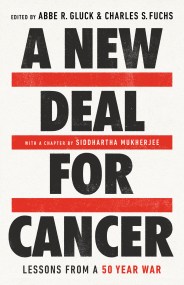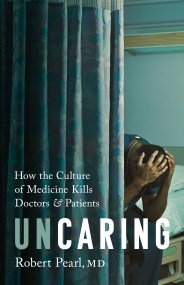Promotion
Use code MOM24 for 20% off site wide + free shipping over $45
The Longevity Revolution
The Benefits and Challenges of Living a Long Life
Contributors
Formats and Prices
Price
$12.99Price
$16.99 CADFormat
Format:
ebook $12.99 $16.99 CADThis item is a preorder. Your payment method will be charged immediately, and the product is expected to ship on or around September 8, 2009. This date is subject to change due to shipping delays beyond our control.
Also available from:
The U.S. has not made a research investment in aging. Only eleven medical schools out of 145 have geriatrics departments compared to England where geriatrics is the number two specialty. We have not solidified private pension plans or strengthened Social Security to ensure that people do not outlive their resources. In this urgent and ultimately optimistic book, Dr. Butler shows why and how we must re-examine our personal and societal approach to aging right now, so that the boomers and the generations that follow may have a financially secure, vigorous, and healthy final chapter life.
Genre:
- On Sale
- Sep 8, 2009
- Page Count
- 576 pages
- Publisher
- PublicAffairs
- ISBN-13
- 9781586488550
Newsletter Signup
By clicking ‘Sign Up,’ I acknowledge that I have read and agree to Hachette Book Group’s Privacy Policy and Terms of Use
